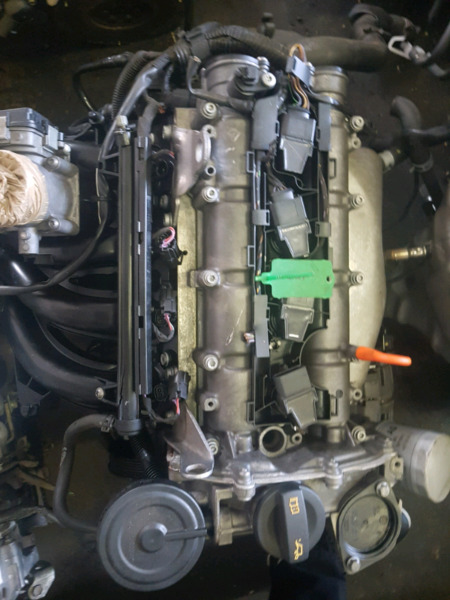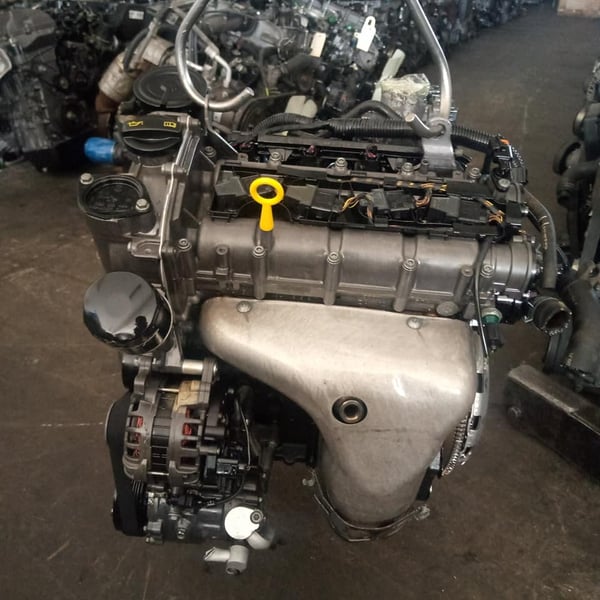Boost fuel efficiency with a top-tier clp engine.
Boost fuel efficiency with a top-tier clp engine.
Blog Article
Exactly How a Clp Engine Can Boost Performance in Various Industries
The development of CLP engines marks a substantial change in operational efficiency across various sectors, driven by their capacity to maximize fuel consumption and decrease downtime. As organizations progressively focus on sustainability alongside effectiveness, the role of CLP engines becomes even extra critical.
Overview of CLP Engines
CLP engines, or Continual Fluid Propellant engines, stand for a considerable development in propulsion technology, particularly for room applications. These engines utilize a continuous feed system that enables for the sustained expulsion of propellant, bring about boosted efficiency and performance compared to traditional strong or hybrid propulsion systems. By maintaining a continuous circulation of liquid propellant, CLP engines can accomplish much more accurate thrust control, which is vital for maneuvering spacecraft in different objective circumstances.
The style of CLP engines incorporates sophisticated products and innovative gas administration systems. clp engine. This results in lowered weight and enhanced reliability, essential factors for long-duration space objectives. The continual procedure lessens the danger of combustion instability, an usual obstacle in standard rocket engines.

Advantages in Production
The production of Continual Fluid Propellant (CLP) engines offers numerous remarkable benefits that improve both efficiency and cost-effectiveness. One of the primary advantages is the structured production process, which decreases the complexity related to standard propulsion systems. By using liquid propellant, suppliers can attain greater precision in engine performance, leading to optimized power output and lowered waste.
In addition, CLP engines facilitate a higher level of modularity, allowing for much easier integration right into numerous production lines. This flexibility can dramatically reduce preparations and improve general operational versatility. Using CLP technology additionally tends to reduce the demand for considerable upkeep because of less moving parts, which converts into lowered downtime and operational costs.

Applications in Logistics
Leveraging Continual Fluid Propellant (CLP) engines in logistics offers significant benefits in operational efficiency and reliability. These engines offer a durable service for numerous transport demands, enabling the seamless activity of products across huge ranges. The integral layout of CLP engines permits regular power result, which translates right into smoother and more foreseeable transportation routines.
Among the essential applications of CLP engines in logistics is in sturdy products transport, where they can drive both ground and airborne automobiles. Their capacity to keep high efficiency under differing load problems makes sure that distribution timelines are met, thus improving consumer fulfillment. Additionally, CLP engines can be incorporated into automated logistics systems, helping with real-time monitoring and optimizing course preparation.
Furthermore, the resilience of CLP engines decreases upkeep downtime, enabling logistics firms to maximize their operational capacities. This is especially valuable in warehousing procedures, where performance in managing and delivering products is crucial. As logistics continues to progress, the integration of CLP engines stands for a forward-thinking technique that not just improves efficiency but also sustains the industry's growing demands for reliability and rate.
Effect On Power Effectiveness
How do Continual Liquid Propellant (CLP) engines enhance power efficiency in transportation? CLP engines use a constant flow of liquid gas, maximizing burning processes and keeping a stable drive output. This design lessens power losses related to typical burning engines, where gas delivery can differ and result in inadequacies.
The continuous procedure of CLP engines permits a much more effective thermal cycle, leading to greater specific impulse contrasted to standard engines. clp engine. This converts to minimized fuel intake for the same quantity of work done, dramatically reducing functional prices across different transportation sectors, including aeronautics and maritime markets
Moreover, the Learn More capability of CLP engines to preserve ideal performance under varying lots conditions reduces the requirement for constant velocity and slowdown, further improving gas effectiveness. Boosted power effectiveness not just adds to set you back savings yet additionally causes decrease greenhouse gas exhausts, lining up with international sustainability goals.
Future Trends and Innovations
Arising improvements in Continuous Fluid Propellant (CLP) engine innovation promise to helpful hints change the landscape of transportation performance and sustainability. As industries pivot toward greener options, CLP engines stand at the leading edge, integrating cutting-edge products and layout approaches that enhance performance while reducing environmental impact.
Among one of the most appealing patterns is the fostering of hybrid systems that incorporate CLP engines with renewable power sources. This synergy can enhance fuel usage and minimize discharges, lining up with worldwide sustainability objectives. Innovations in computational liquid characteristics (CFD) are promoting the design of more aerodynamically efficient engines, leading to decreased drag and boosted gas efficiency.
Moreover, the growth of clever tracking systems is readied to boost functional effectiveness. These systems leverage information analytics and IoT innovation to optimize engine performance in real-time, guaranteeing that the engines operate within their most effective specifications.
As research study remains to explore different propellant solutions-- such as biofuels and synthetic gas-- the future of CLP engines looks promising. By using these advancements, sectors can not only boost their efficiency but also add significantly to a cleaner, a lot more sustainable future in transport.
Conclusion
Finally, CLP engines stand for a considerable development in efficiency across numerous sectors. Their capability to optimize fuel consumption and minimize functional costs, incorporated with a continuous feed system, boosts More Help power output and operational integrity. The combination of sophisticated materials and less relocating parts decreases maintenance needs, while placement with sustainability objectives positions CLP engines as a critical innovation for the future. Continued technology in this field guarantees more improvements in effectiveness and environmental efficiency.
Report this page